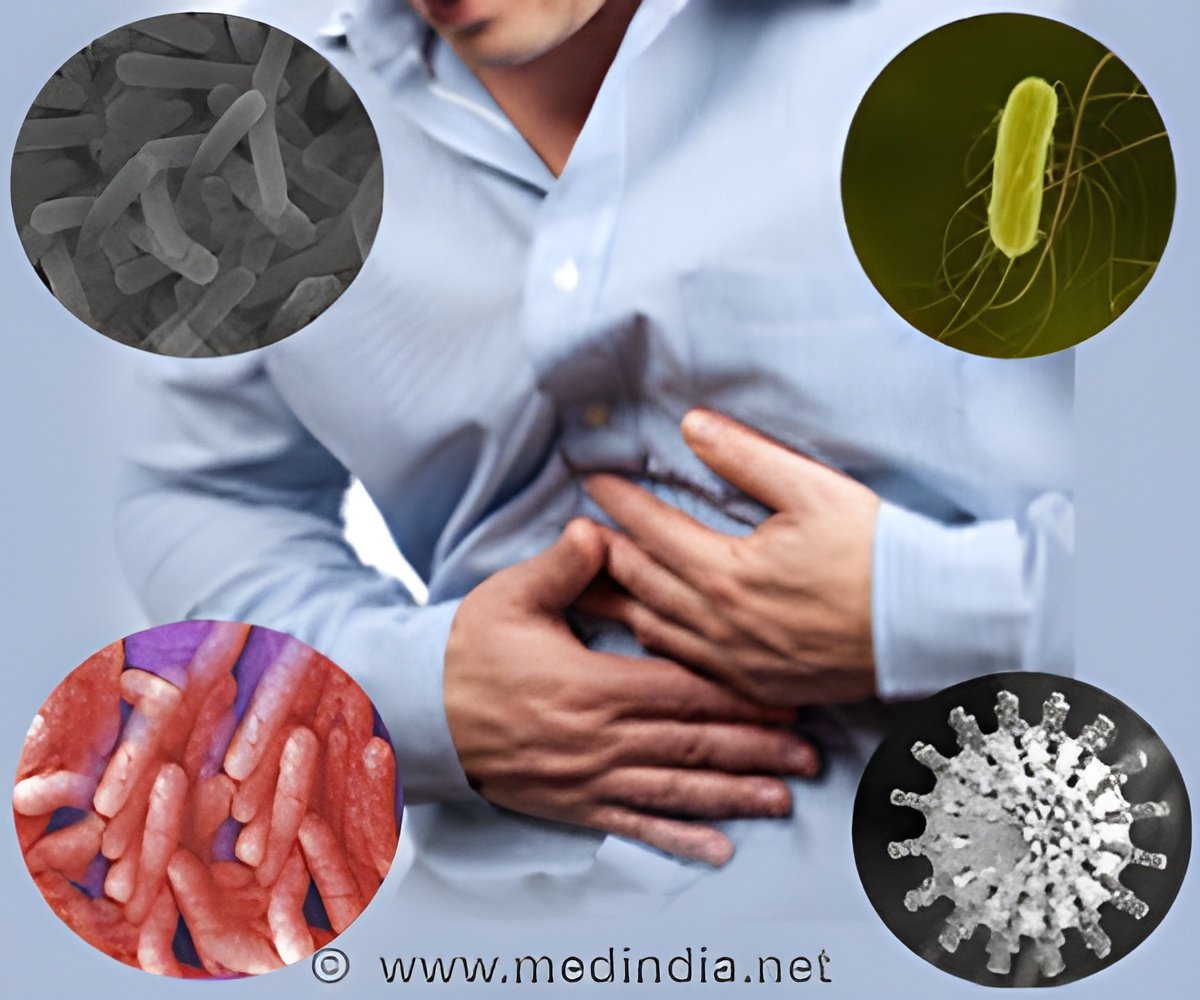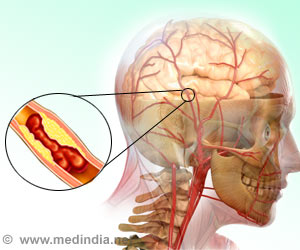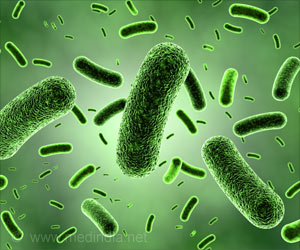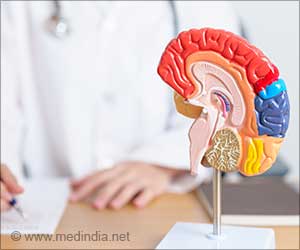
‘A new nanosensor to rapidly detect the presence of E. coli in food or water has been developed by researchers.’
Tweet it Now
Conventional methods to screen food to find sickness-causing microbes can take as long as 24 hours, which is often too slow to efficiently catch tainted products before they hit store shelves. Faster methods exist, but have limitations. Magnetic resonance, for example, can detect extremely low levels of bacteria, but loses its effectiveness at higher bacteria concentrations. Fluorescence is the opposite. Tuhina Banerjee, Santimukul Santra and colleagues wanted to see if they could combine the two techniques to make a better detector.
The researchers developed a hybrid nanosensor incorporating magnetic resonance and fluorescence. Lab testing of milk showed the detector could sense varying concentrations of a pathogenic strain of E. coli known as O157:H7 in less than an hour. They also used their sensor to analyze E. coli levels in untreated lake water, which serves as a source of household water in some developing areas. Additionally, the device could be customized to detect a wide range of pathogens beyond E. coli, the researchers say.
Source-Eurekalert















